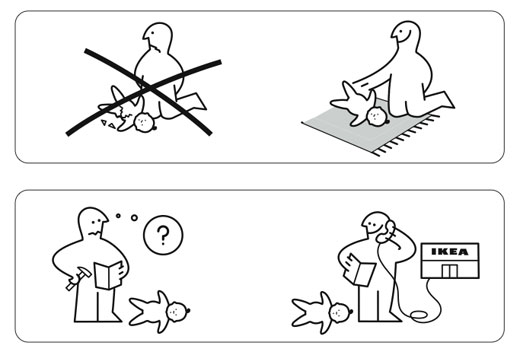Oh, they just don’t make science kits like they did 50 years ago. This one came with radioactive sources. It was $50.00 at the time (and can fetch more than $7000.00 if you can find one now):
The set came with four types of uranium ore, a beta-alpha source (Pb-210), a pure beta source (Ru-106), a gamma source (Zn-65?), a spinthariscope, a cloud chamber with its own short-lived alpha source (Po-210), an electroscope, a geiger counter, a manual, a comic book (Dagwood Splits the Atom) and a government manual “Prospecting for Uranium.”
Gilbert U-238 Atomic Energy Lab (1950-1951)
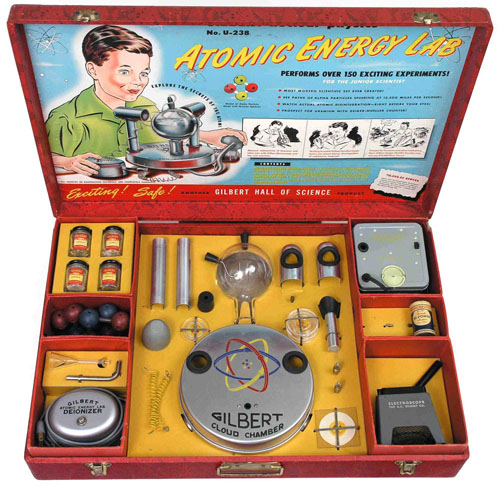
My wife’s family was in town for her grandmother’s and uncle’s birthdays (happy 92nd birthday, Margaret!; happy birthday, Paul!) so we all went to the Freer Gallery of Art in DC. Preston fell asleep in his stroller (but not before some very loud “OUTTA HERE!”s echoed off the gallery walls). The rest of us enjoyed it. :)
I spent most of the time in the galleries of ancient Asian ceramics, and bronze. I’ll definitely be going back for a more leisurely visit, but not around Preston’s naptime.
Some highlights below (click any image for a slideshow), but a lot more via the photography page.
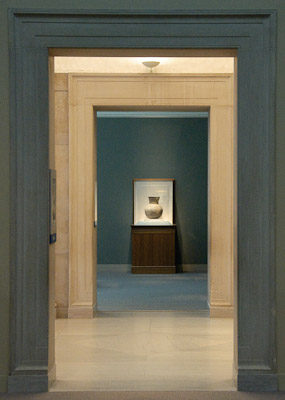
Freer Gallery of Art, Washington, DC
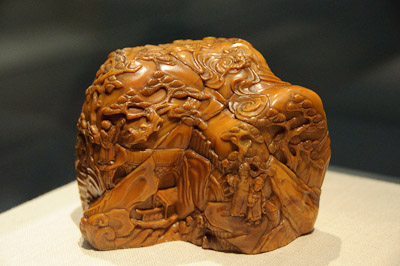
Freer Gallery of Art, Washington, DC

Preston at Freer Gallery of Art
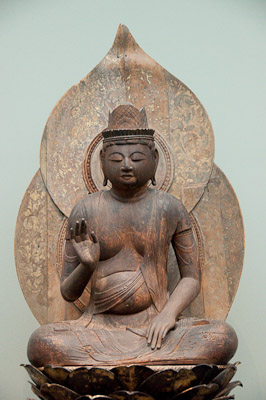
Freer Gallery of Art, Washington, DC
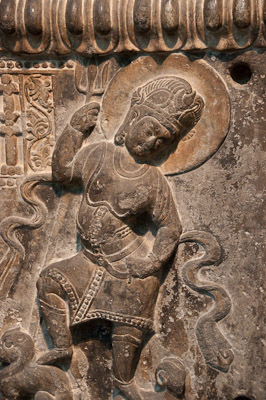
Freer Gallery of Art, Washington, DC
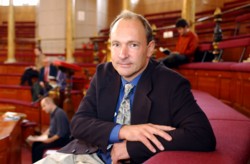
Tim Berners-Lee in 2001
It was twenty years ago today (March 13, 1989) that
Tim Berners-Lee wrote up his proposal for management at CERN, titled “
Information Management: A Proposal“.
This document was an attempt to persuade CERN management that a global hypertext system was in CERN’s interests. Note that the only name I had for it at this time was “Mesh” — I decided on “World Wide Web” when writing the code in 1990.
Berners-Lee’s boss thought his proposal was “vague but exciting”. :)

A client/server model for a distributed hypertext system.
I just received an email from ABEBooks.com, stating that:
The Hugo Awards and the Nebula Awards are the traditional yardsticks for fantasy and science fiction writing. Since 1953 when the Hugos began, (the Nebulas started in 1965) there have been 82 titles awarded one or the other prize – and 19 titles with the distinctive honor of winning both. We’ve listed them all for your perusal.
The Fine Books Company in Rochester, Michigan, is offering first editions of all the Hugo and Nebula Award-winning novels for a cool $116,530. From Asimov to Zelazny, every book which won either (or both) award is here. And that’s not all.
The listing includes 126 books, and 95% of them are signed or inscribed, and in fine or better condition.
David Aronovitz, from The Fine Books Company, describes the collection “as a unique gathering of books that has never been offered for sale anywhere before and in all likelihood will never be offered again.”
Some of my favorite books are included:
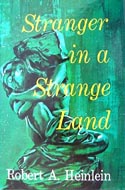 Stranger in a Strange Land
by Robert A Heinlein
(1962) |
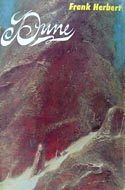 Dune
by Frank Herbert
(1965) |
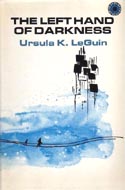 The Left Hand of Darkness
by Ursula K Leguin
(1970) |
 To Your Scattered Bodies Go
by Philip Jose Farmer
(1972) |
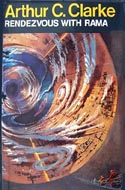 Rendezvous with Rama
by Arthur C Clarke
(1974) |
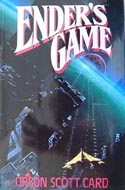 Ender's Game
by Orson Scott Card
(1986) |
See all the Hugo and Nebula winners at ABEBooks…
BAB, the Ikea Baby. From a pdf file the artist created for an expecting friend.
